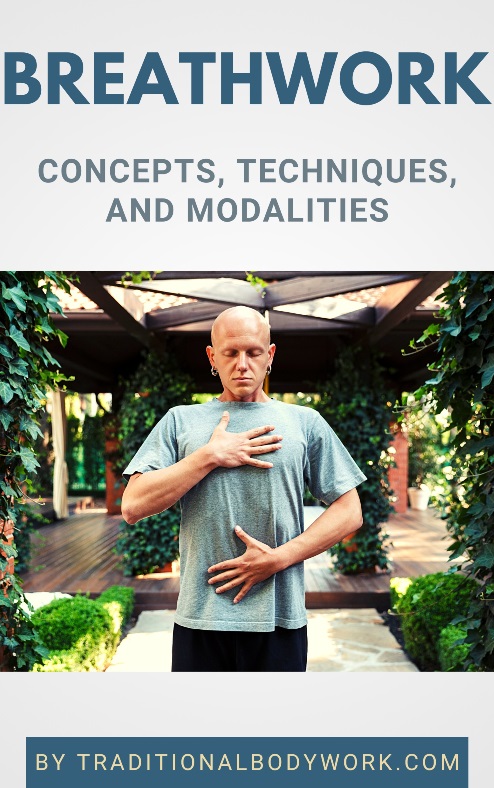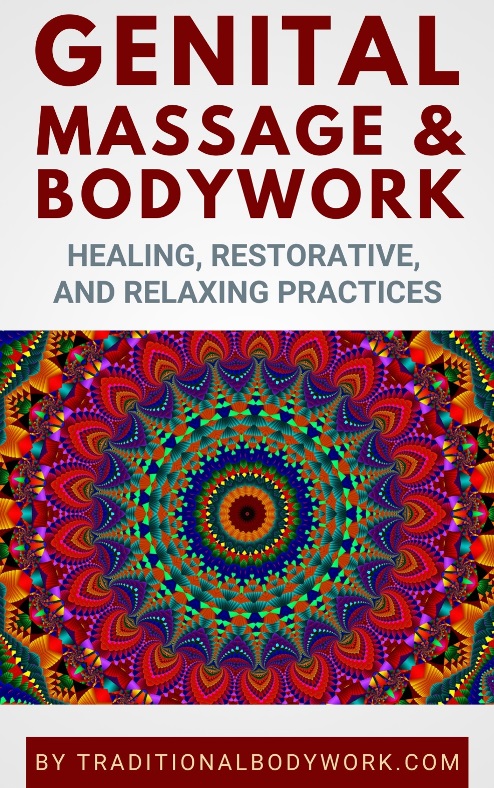
Integrative Somatic Therapy Practice (ISTP)™ was developed by Ratha Chek, and is a body-centered therapy that focuses on enhancing the body’s own capacity to heal from body-stored trauma by freeing the body, breath, and energy flow.

Clients are taught techniques to practice self-awareness, self-compassion, mindfulness and proper breathing patterns to access the body’s innate wisdom and healing potential. Helping clients to self-regulate emotional distress, manage physiological symptoms, experience self-efficacy, and build resilience is an important aspect of ISTP™.
Based on Wilhelm Reich’s Emotional De-Armoring concepts, ISTP™ integrates Yoga, Mindfulness, Meditation, Breathwork, Touch, Restorative Yoga, Movements, Somatic interventions, Neuroscience, and Thai Yoga Massage to support clients in reducing PTSD-anxiety symptoms, promoting body-mind-emotion regulation, and enhancing personal and relational health, and wellbeing.
In fact, the tools and techniques used in ISTP™ are ultimately aimed at dissolving physical tensions and contractions in the body, increasing body-awareness and facilitating a deeper understanding of emotional defenses, hence enabling emotional and trauma release, the free flow of energy through the body, and restoration of the body-mind balance.

It’s thought that ISTP™ can provide benefits such as a reduction in feelings of distress, anxiety, and depression, a calmer and more regulated nervous system, self-management of eating disorders, greater self-control and self-awareness, improvements in relationships, better sleep quality, relief from pain and physical discomforts in the body, improved mood, greater self-acceptance, and greater resiliency to stress.
Sessions include Talk Therapy and a hands-on healing part in which the practitioner works with slow and mindful movements to encourage the client’s body-awareness, using breathing exercises, mindfulness techniques, and bodywork. The sessions may be performed in any combination of seated, standing, or lying positions, depending on the client’s needs and preferences.
















